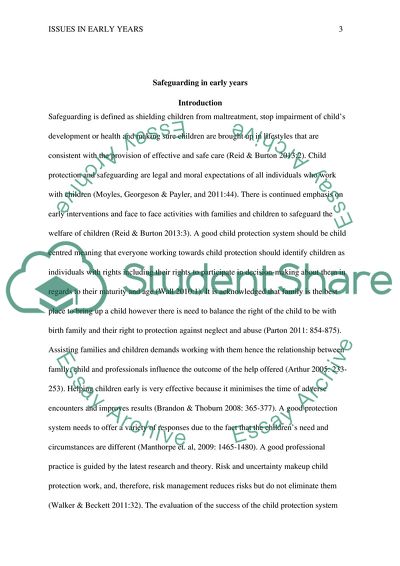Cite this document
(Safeguarding in Early Years Coursework Example | Topics and Well Written Essays - 3000 words, n.d.)
Safeguarding in Early Years Coursework Example | Topics and Well Written Essays - 3000 words. https://studentshare.org/education/1843406-issues-in-early-years
Safeguarding in Early Years Coursework Example | Topics and Well Written Essays - 3000 words. https://studentshare.org/education/1843406-issues-in-early-years
(Safeguarding in Early Years Coursework Example | Topics and Well Written Essays - 3000 Words)
Safeguarding in Early Years Coursework Example | Topics and Well Written Essays - 3000 Words. https://studentshare.org/education/1843406-issues-in-early-years.
Safeguarding in Early Years Coursework Example | Topics and Well Written Essays - 3000 Words. https://studentshare.org/education/1843406-issues-in-early-years.
“Safeguarding in Early Years Coursework Example | Topics and Well Written Essays - 3000 Words”. https://studentshare.org/education/1843406-issues-in-early-years.


